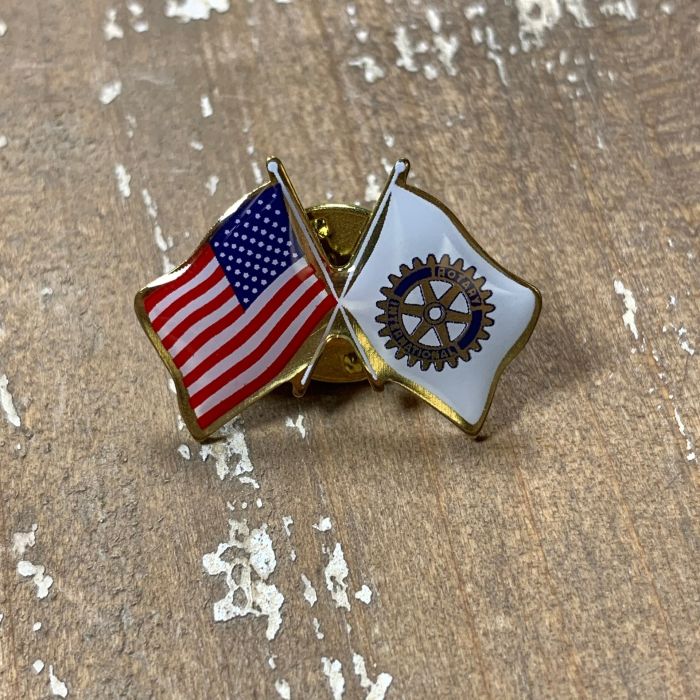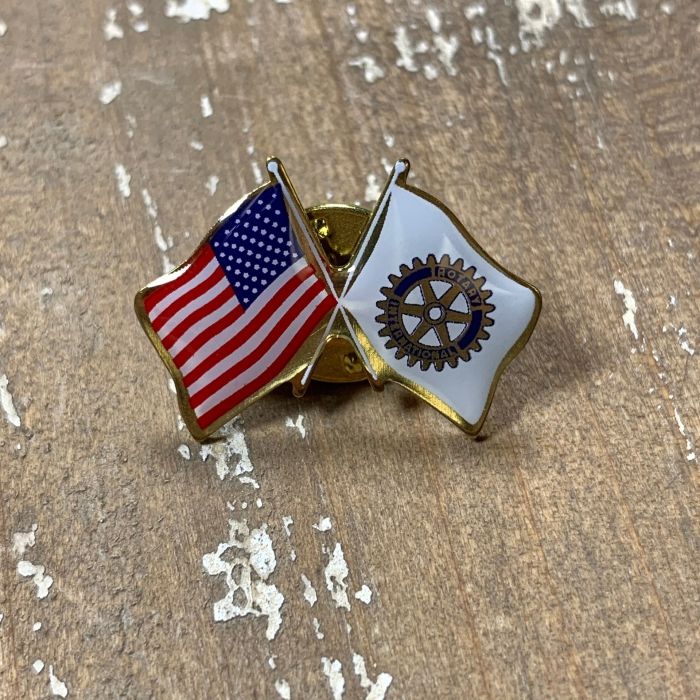The Significance Behind armed forces lapel pins: A Deep Dive
Lapel pins may be small in size, but they carry colossal significance, especially in the context of the armed forces. These tiny yet potent symbols encapsulate honor, valor, and tradition that extend beyond mere decoration. In 2024, understanding the importance of armed forces lapel pins has never been more relevant. This article delves deep into the historical roots, symbolism, and contemporary relevance of these pins, offering an insightful perspective on their significance.
Historical Roots of Armed Forces Lapel Pins
Lapel pins have a rich history that dates back centuries. Originally, these pins were used as emblems of identity for various military units. During the American Civil War, soldiers often wore insignia pins that denoted their affiliations and ranks, serving both as a means of identification and as a badge of honor.
By World War I and II, lapel pins had become an integral part of military uniform decoration. Each branch of the military developed its own unique set of pins to represent different units, accomplishments, and missions. These pins became not only functional but also ceremonial, a key element in military culture and tradition.
Symbolism and Meaning
Armed forces lapel pins are laden with symbolism. They serve as a constant reminder of a soldier’s commitment to their country and the values they stand for. Several layers of meaning are often embedded in a single pin:
1. Unit Identification:
- Pins are often used to distinguish soldiers who belong to specific units, regiments, or battalions. They showcase affiliation and foster a sense of belonging and unity among the troops.
2. Rank and Role:
- Different pins can signify the rank and role of the wearer within the armed forces. Custom pins are designed for officers, non-commissioned officers, and enlisted personnel, making it easier to identify one’s position in the military hierarchy.
3. Accomplishments and Service:
- Many pins are awarded to commemorate acts of bravery, extraordinary service, or participation in significant military campaigns. These pins act as tangible records of a soldier’s achievements and milestones.
Contemporary Relevance
In today’s armed forces, lapel pins continue to hold immense value. They are not merely ornamental but are essential elements that represent discipline, honor, and esprit de corps. In 2024, as global challenges evolve, the role of armed forces personnel remains crucial, and the significance of these symbols is ever more poignant.
1. Boosting Morale:
- The recognition of service and achievements through lapel pins significantly boosts the morale of troops. Receiving a lapel pin in a formal ceremony acknowledges the soldier’s hard work and dedication, fostering a sense of pride and motivation.
2. Tradition and Continuity:
- Armed forces lapel pins uphold military traditions. They serve as a link between past and present, connecting today’s soldiers with their predecessors. This sense of continuity is vital for maintaining the culture and ethos of military service.
3. Public Recognition:
- Wearing these pins in public settings allows the armed forces to be recognized and appreciated by civilians. It’s an outward display of service and sacrifice, helping to bridge the gap between the military and the general public.
Variations of Armed Forces Lapel Pins
A wide array of lapel pins exists for different purposes and branches of the military.
1. Service Pins:
- These pins are awarded for completing a specific duration of service within the armed forces. They commemorate the soldier’s time and commitment.
2. Unit Pins:
- Custom-designed to represent specific military units, these pins often feature unique symbols and mottos associated with the unit.
3. Campaign and Deployment Pins:
- These pins commemorate participation in specific military campaigns or deployments. Each pin represents involvement in historic military operations.
4. Award and Decoration Pins:
- These prestigious pins are awarded for acts of valor, exceptional service, and significant accomplishments. They include medals like the Purple Heart, Bronze Star, and others.
Designing A Lapel Pin
Designing a lapel pin for the armed forces is an intricate process. Every element, from color to symbols used, is chosen meticulously to convey specific meanings.
1. Symbols and Imagery:
- The imagery used on lapel pins often includes national symbols like the eagle, flag, or specific regimental insignia. Each element is selected to evoke pride and patriotism.
2. Colors:
- Colors have profound symbolism. For instance, red often symbolizes valor and bravery, while blue signifies loyalty and truth.
3. Materials:
- The choice of material for the pins also matters. Durable metals like brass, copper, or enamel are often used to ensure the pins last long and maintain their appearance.
Wearing Armed Forces Lapel Pins
There are proper ways and occasions for wearing lapel pins.
1. Uniform Regulations:
- Military uniforms have specific guidelines about where and how lapel pins should be worn. It’s essential to adhere to these regulations to maintain uniformity and order.
2. Formal Events:
- Pins are often worn during formal military events, parades, and ceremonies. They are showcased with pride during such significant occasions.
3. Off-Duty and Casual Wear:
- Many veterans and active-duty members also wear these pins in civilian clothing. It serves as an everyday reminder of their service and accomplishments.
Collectors and Enthusiasts
In addition to their use within the military, armed forces lapel pins have become collectibles. History enthusiasts and collectors vie for rare and vintage lapel pins, which tell the story of various military eras.
1. Collectible Value:
- Certain pins, especially those from historic campaigns or discontinued units, have immense collectible value.
2. Preservation:
- Collectors often invest in proper preservation methods to maintain the pins’ condition and historical significance.
3. Exhibitions:
- Armed forces and history museums frequently display collections of lapel pins, offering the public a glimpse into military traditions and history.
Conclusion
Armed forces lapel pins occupy a special place in the military world, embodying honor, tradition, and unity. From their historical roots and symbolism to their contemporary relevance and role in boosting morale, these pins are invaluable.
As we continue through 2024, the global landscape continuously throws new challenges at the armed forces. The role of military personnel remains as crucial as ever, and the importance of honoring their service through traditions like armed forces lapel pins cannot be overstated. These small yet significant emblems live on as powerful symbols of the unwavering commitment of those who serve.
FAQs
What is the purpose of armed forces lapel pins?
Armed forces lapel pins serve multiple purposes, including unit identification, recognition of rank and role, commemoration of accomplishments, and as symbols of military tradition and honor.
Can civilians wear armed forces lapel pins?
While it’s generally reserved for military personnel, civilians may wear such pins, particularly to honor a family member’s service or to show support for the armed forces.
How are lapel pins awarded?
Lapel pins are often awarded during formal military ceremonies to recognize service, accomplishments, or participation in significant campaigns. Each branch has its own specific guidelines for awarding pins.
Are there regulations on how to wear armed forces lapel pins?
Yes, each branch of the armed forces has specific regulations detailing how pins should be worn on uniforms to maintain order and uniformity.
Where can one purchase authentic armed forces lapel pins?
Authentic lapel pins can often be obtained from official military stores or through specialized vendors like armed forces lapel pins.
For those interested in creating a custom lapel pin, you can get a free quote at this custom lapel pin quote.





